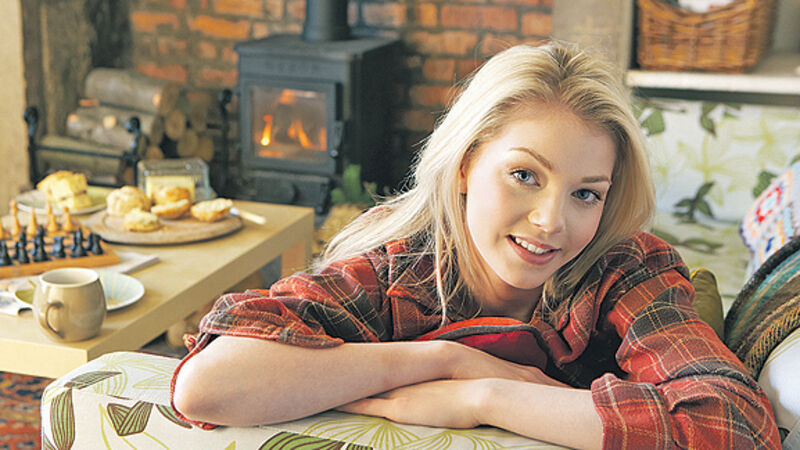Relight your fire with a new stove

Systemising your fireplace with an enclosed stove simply makes sense. They are three times more efficient than an open fire, and operate at 80%-plus performance, according to most manufacturers. Fuelled by wood, briquettes, pellets, bituminous or anthracitic coal, a stove is cleaner, harnesses more heat and is relatively safe to leave alight overnight. It can also heat the entire house if you include a boiler, so let’s go over the basics before you get overheated by their sheer good looks on the showroom floor.











